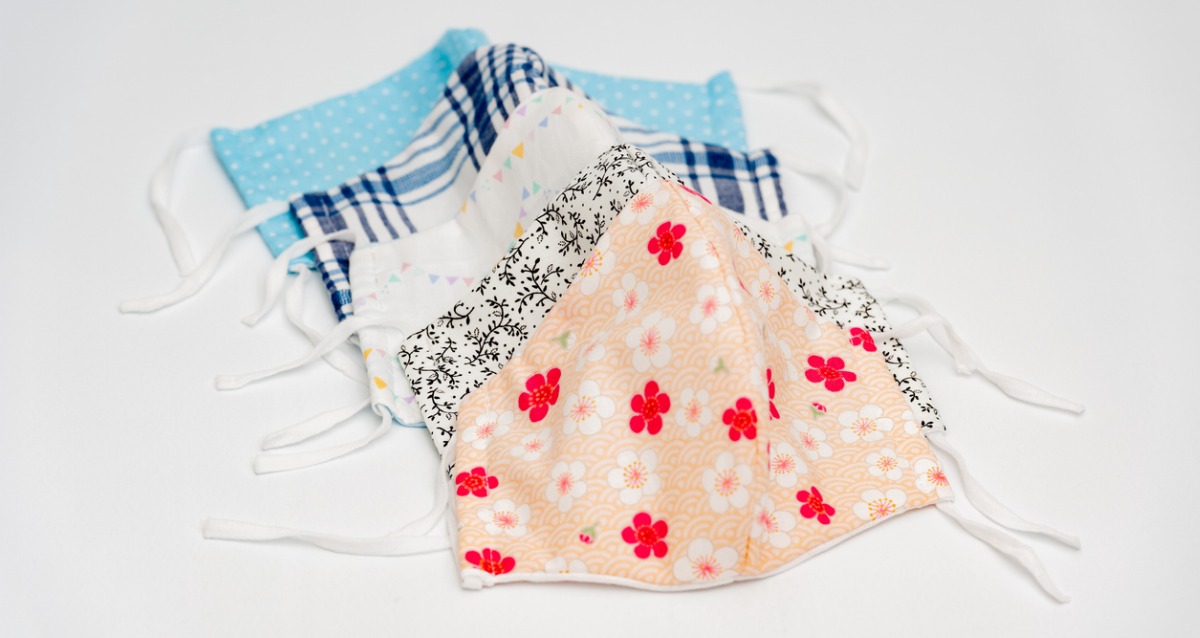In some situations, wearing a cloth face covering may exacerbate a physical or mental health condition, lead to a medical emergency, or introduce significant safety concerns.
Adaptations and alternatives should be considered whenever possible to increase the feasibility of wearing a cloth face covering or to reduce the risk of COVID-19 spreading if it is not possible to wear one.
According to the Centres for Disease Control and Prevention
Cloth face coverings should not be worn by:
- Children younger than 2 years old
- Anyone who has trouble breathing
- Anyone who is unconscious, incapacitated, or otherwise unable to remove the cloth face-covering without assistance
The below information is directly taken from the Centres for Disease Prevention and Control Info sheet, click here for the full article.
For example,
- People who are deaf or hard of hearing—or those who care for or interact with a person who is hearing impaired—may be unable to wear cloth face coverings if they rely on lipreading to communicate. In this situation, consider using a clear face covering. If a clear face covering isn’t available, consider whether you can use written communication, use closed captioning, or decrease background noise to make communication possible while wearing a cloth face covering that blocks your lips.
- Some people, such as people with intellectual and developmental disabilities, mental health conditions or other sensory sensitivities, may have challenges wearing a cloth face covering. They should consult with their healthcare provider for advice about wearing cloth face coverings.
- Younger children (e.g., preschool or early primary-aged)may be unable to wear a cloth face-covering properly, particularly for an extended period of time. Wearing of cloth face coverings may be prioritised at times when it is difficult to maintain a distance of 6 feet from others (e.g., during carpool drop off or pick up, or when standing in line at school). Ensuring proper cloth face-covering size and fit and providing children with frequent reminders and education on the importance and proper wear of cloth face coverings may help address these issues.
- People should not wear cloth face coverings while engaged in activities that may cause the cloth face covering to become wet, like when swimming at the beach or pool. A wet cloth face covering may make it difficult to breathe. For activities like swimming, it is particularly important to maintain physical distance from others when in the water.
- People who are engaged in high-intensity activities, like running, may not be able to wear a cloth face covering if it causes difficulty breathing. If unable to wear a cloth face covering, consider conducting the activity in a location with greater ventilation and air exchange (for instance, outdoors versus indoors) and where it is possible to maintain physical distance from others.
- People who work in a setting where cloth face coverings may increase the risk of heat-related illness or cause safety concerns due to introduction of a hazard (for instance, straps getting caught in machinery) may consult with occupational safety and health professional to determine the appropriate face covering for their setting. Outdoor workers may prioritise the use of cloth face coverings when in close contact with other people, like during group travel or shift meetings, and remove face coverings when social distancing is possible.
Cloth face coverings are a critical preventive measure and are most essential in times when social distancing is difficult. If cloth face coverings cannot be used, make sure to take other measures to reduce the risk of COVID-19 spread, including social distancing, frequent hand washing, and cleaning and disinfecting frequently touched surfaces.
Above taken from COVID-19: Considerations for Wearing Cloth Face Coverings
Face coverings -11.59 pm Wednesday 22 July - Metropolitan Melbourne or Mitchell Shire
If you live within metropolitan Melbourne or Mitchell Shire, you must wear a face-covering whenever you leave your home, Unless an exception applies. There are some Lawful excuses or exceptions for not wearing a face covering. Please visit DHHS.Vic website for detailed updates.
Info about mask-wearing for people on the autism spectrum.
Autism Spectrum Disorder (ASD) and Masks
Harvard Medical Publishing has some tips around Helping people with autism spectrum disorder manage masks and COVID-19 tests. It outlines challenges and suggestions for what to do in each situation.
IDEAS has heard of parents helping children work with their sensory needs, by offering fabric masks in materials or colours/ designs that the children enjoy.
Graphics you can use to help tell a story, produced by WHO is available for download here.
Choose Understanding Not Judgement
IDEAS is encouraging people to choose understanding, not judgement if they see people not wearing masks.
We're sharing this message across social media and through the community:
Melbourne please remember not everyone can wear a mask safely
This includes some people with a disability. The law says that this is okay.


